Why raise Monarchs at home?In the wild, Monarch eggs and larvae have a very small chance of survival. Several studies have documented mortality rates of over 90% during the egg and larva stages. That means only 10% of eggs and caterpillars will reach adulthood! Not only is it a fun activity for the whole family but you are actually helping out an entire species! Still not convinced?What if I told you it’s easy to rear Monarchs at home? All you will need to get started is a ventilated box (we recommend these inexpensive enclosures) a few milkweed plants and, of course, your Monarch egg or caterpillar. The entire process from egg to adult butterfly takes about 1 month. But first...It's important to understand the life cycles of a Monarch before you get started. Monarchs go through complete metamorphosis in which there are four distinct stages of growth in one life cycle! These stages are: egg, the larvae (caterpillar), the pupa (chrysalis), and adult butterfly. Life Cycle of a MonarchEggMonarchs overwinter in Mexico and certain parts of Southern California. When they wake up from hibernation, they will intuitively head North and East to start laying eggs. In March and April the eggs are laid on milkweed plants and it takes only 4 days for an egg to hatch! According to Karen Oberhauser, Monarch biologist, captive monarch butterflies average about 700 eggs per female as opposed to 300-400 in the wild. Monarch females usually lay a single egg on a milkweed plant on the bottom of leaf. So, when searching for eggs, don't forget to flip the leaf over! Eggs are very small and sometimes easy to miss! Larval Stage (Caterpillar)The larval stage last 2 weeks. Once the egg has hatched, a very small (and hungry) caterpillar emerges. During this time, the caterpillar will spend most of it's time eating so it will need fresh leaves everyday. As the caterpillar grows and becomes too large for its skin, it molts. The intervals between molts are called instars. Monarchs go through 5 instars. Click here if you'd like to learn more about differentiating the different instars. Pupa (Chrysalis)Once the Monarch larvae has reached their final molting stage, they will hang upside down by their last pair of prolegs and create a chrysalis. They will spend between 1 and 2 weeks inside the chrysalis. Adult ButterflyBefore the butterfly emerges, the chrysalis will turn from green to clear like in the picture below. Once adults, Monarchs will live another two to six weeks in the summer. However, the last generation of super Monarchs that complete the migration much longer, about six to nine months. Materials Needed for Raising Monarchs1. Milkweed Make sure you have a local nursery that you can acquire milkweed plants from or you already have some established in your yard because Monarch caterpillars can eat up to 200X their own body weight! Click here for types of Milkweed that are suitable for rearing Monarchs. 2. Monarch caterpillars or eggs- These can be found outside on milkweed plants or purchased. 3. Ventilated container such as a deli container or aquarium works well. We recommend these inexpensive enclosures that make for easy cleaning. Use promo code 'monarchs10' to receive an additional 10% off. 4. Paper towels 5 Steps to Raising A Monarch at HomeStep 1: Find the eggs and/or caterpillarsThe best way to do this is to visit milkweed plants daily that you know are already established and if you planned ahead, are already in your backyard! If you don’t have any luck finding milkweed plants or caterpillars, you can also order monarch rearing kits like this from Monarch Watch that contain live caterpillars . Step 2: Choose a containerPut the eggs or caterpillars in a container and line with paper towels. Eggs only take 4 days to hatch and caterpillars will form a chrysalis within 2 weeks. Caterpillars have a HUGE appetite and can eat 200X their weight in Milkweed! A single caterpillar can easily defoliate a milkweed planted in a 1 gallon container so plan accordingly. Provide fresh leaves daily or enclose the entire milkweed plant. Larvae will survive best and attain a large size if you keep the food fresh, the container clean, and the humidity low. Step 3: Clean the cage regularlyThe caterpillars are eating constantly so they will generate a lot of frass (cute name for you know what). This frass should be collected every few days in order to keep the larvae healthy and you can replace the bottom of the container with more paper towels or parchment paper. You can even sprinkle it on your plants outside to give them a nitrogen boost! Step 4: Keep feeding the hungry caterpillars! It's important to remember that as the caterpillars get bigger, so will their appetite so keep a close eye on them and make sure you are providing enough fresh Milkweed. After the caterpillar reaches it’s 5th instar (molting stage) it will climb to the top of the container and create a beautiful chrysalis. It will not need any food at this stage so your job is mostly done! Step 5: Release Your Butterfly Into the WildThe chrysalis will turn clear before the adult butterfly emerges (fully metamorphosed). It is important not to touch them for at least 5 hours so their wings can dry. Keep an eye on the weather and do not release your Monarch if there is a storm on the horizon. You may need to move the butterfly into a larger container if this is the case such as an upside down laundry basket or a mesh cage. ResourcesSpecial thanks to Debbie Jackson of Monarch Watch for sharing her passion of rearing Monarchs We also recommend Carol Pasternak's How to Raise Monarch Butterflies, an in-depth guide on Monarch rearing https://monarchlab.org/biology-and-research/biology-and-natural-history/breeding-life-cycle/life-cycle/#adult
http://www.ecology.info/monarch-butterfly-page-3.htm
13 Comments
Niomi
6/19/2018 08:15:23 pm
I find that cutting a milkweed plant like you are cutting a flower and put in a vase. Put caterpillar on plant and it will have food for about a week. Place vase on a cookie sheet or in a large deep bowl to catch the frass.
Reply
Mary Jane
7/17/2018 08:55:25 am
Everything I read clearly states Monarch caterpillars only fed on milkweed. I have some that appear to be thriving on parsley. They've decimated the Italian Flat Leaf and have now moved on to the Curly. Three or four are large and probably in 5th stage. Is this possible? or do I have some other type of caterpillars?
Reply
7/23/2018 10:25:08 am
Most likely what you have is an Eastern Swallowtail caterpillar feeding on your parsley. These caterpillars do look similar to Monarchs. They feed specifically on plants in the carrot family such as: carrots, parsley, dill, and fennel.
Reply
Marsha Giddings
5/18/2019 08:02:52 am
I have a female Monarch in captivity with milkweed plants so she will lay eggs. But she won’t calm down or go on plants. I only have about 10 hours left before I have to release her. Any suggestions?
Reply
Rebecca Chandler
5/19/2019 03:36:32 pm
Marsha,
Reply
Janine Neville
2/29/2020 08:47:22 pm
The monarch caterpillar doesnt spin a crysalis .If you look at it close up ..it sheds its final skin by contractions of its body . The green shell you see is the underneath skin .. or was ..☺
Reply
Christina
10/2/2021 12:19:27 pm
How do you clean the enclosure? I had several butterflies not emerge from the chrysalis. What are common errors I could be making?
Reply
Rebecca Chandler
1/1/2023 09:27:24 am
I apologize for the late reply. We do recommend cleaning the enclosure often or when you notice that it is getting dirty. To do this, sterilize all rearing containers with a 10% bleach solution, and do not keep larvae in crowded conditions.
Reply
Nancy
9/23/2022 05:09:09 am
I have 9 monarch larva on my parsley plant. Guess the eggs were laid there. Almost size of little finger now. I'm in Marland. Parsley plant nearly gone. What else can I feed them. Will they winter over here?
Reply
Rebecca Chandler
1/1/2023 09:23:27 am
Monarch caterpillars will feed on species of milkweed but not plants in the carrot family like parsley. However, Eastern Swallowtail larvae do feed on parsley and it's common to mistake the two! I recommend googling a couple images of both to notice the differences. Thank you!
Reply
8/18/2023 12:46:51 am
Hi:
Reply
I want to express my heartfelt appreciation for your invaluable guide on rearing Monarchs at home. Your step-by-step instructions and insightful explanations have empowered me to engage in this impactful endeavor, all the while enhancing my understanding of these incredible creatures. Your emphasis on the Monarch's life cycle and the stages of growth from egg to adult butterfly has given me a newfound appreciation for their journey. Your mention of the high mortality rates in the wild underscored the significance of citizen involvement in Monarch conservation. Your list of materials needed and the emphasis on providing a suitable environment for caterpillars' growth has been instrumental in my preparations. Thanks to your guidance, I am now equipped with the knowledge and motivation to contribute to the well-being of these magnificent insects. Your commitment to sharing this knowledge is truly inspiring.
Reply
Judy Bryson
10/8/2023 07:54:27 am
Once the caterpillar attaches itself to the stalk, how long does it take to shed and form the final chrysalis?
Reply
Leave a Reply. |
AuthorRebecca Chandler Archives
March 2024
Categories |

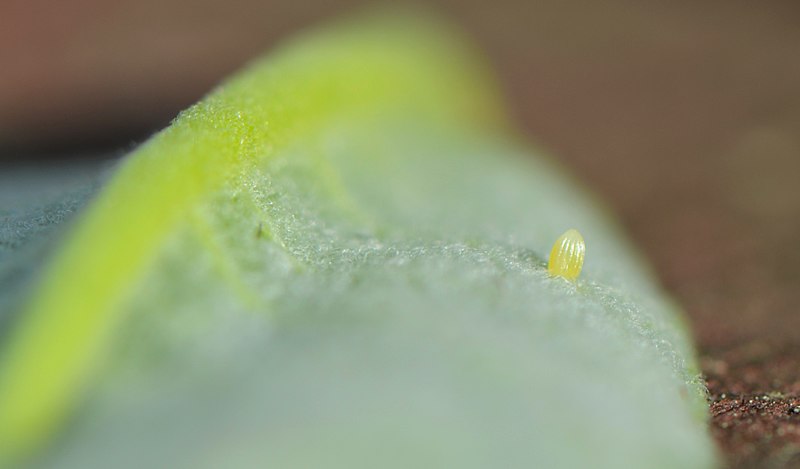
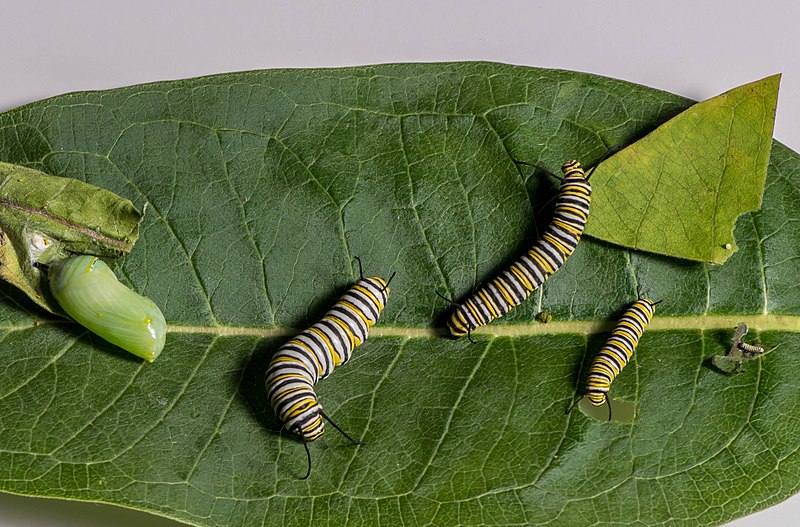
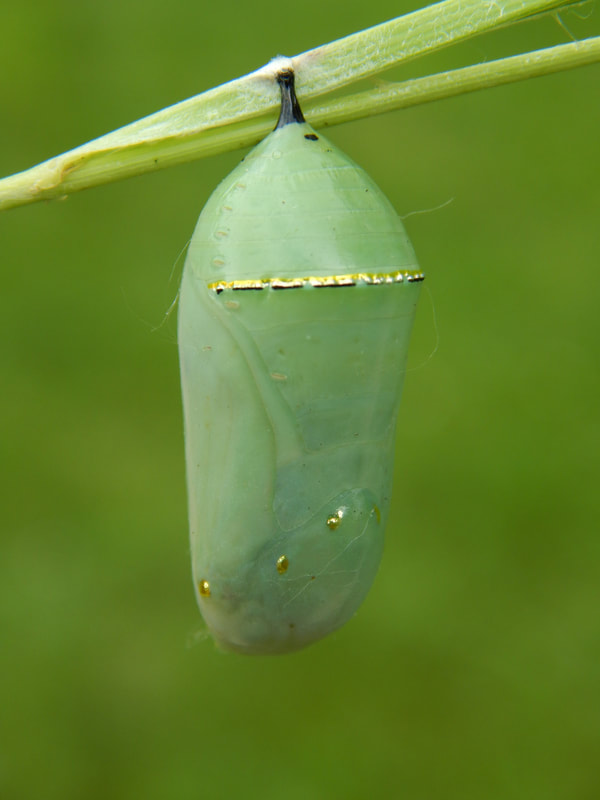
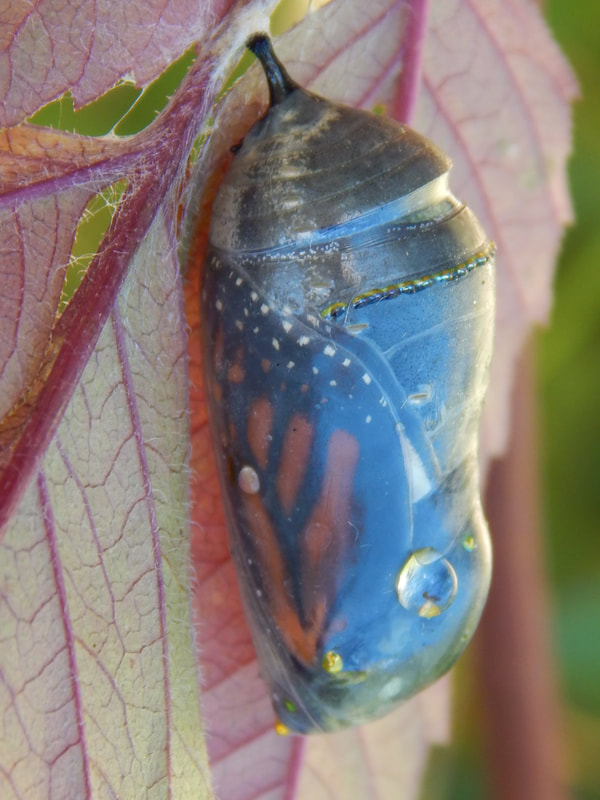
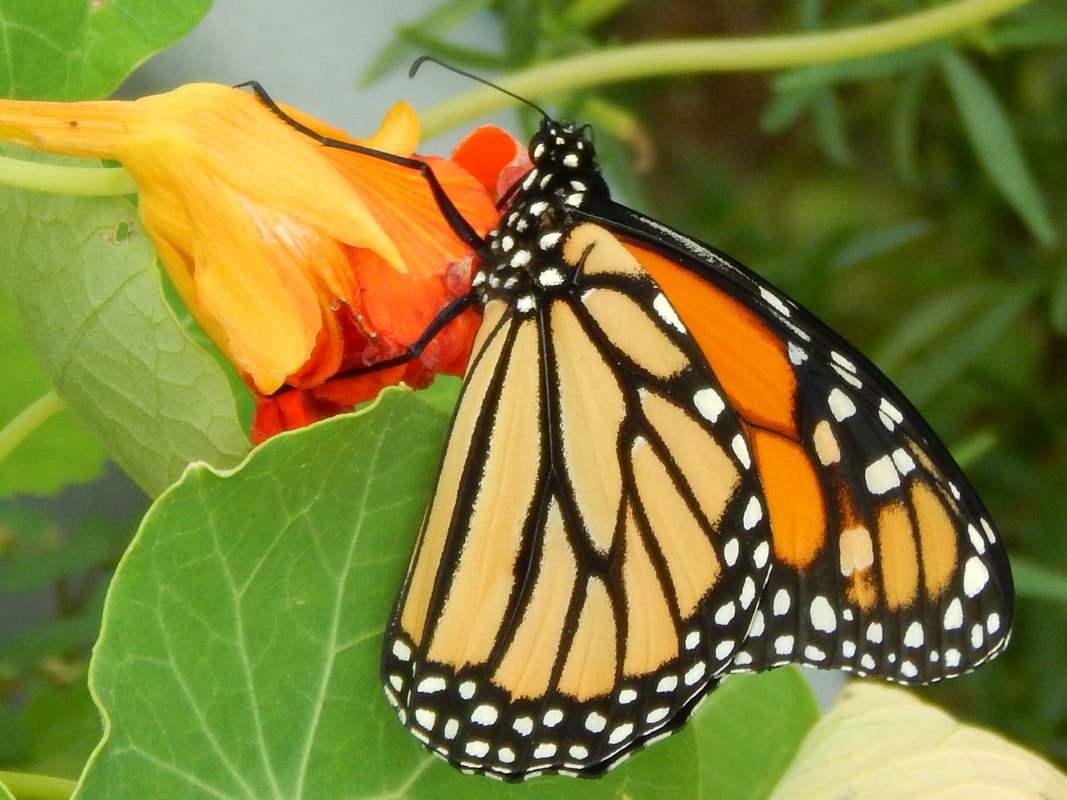
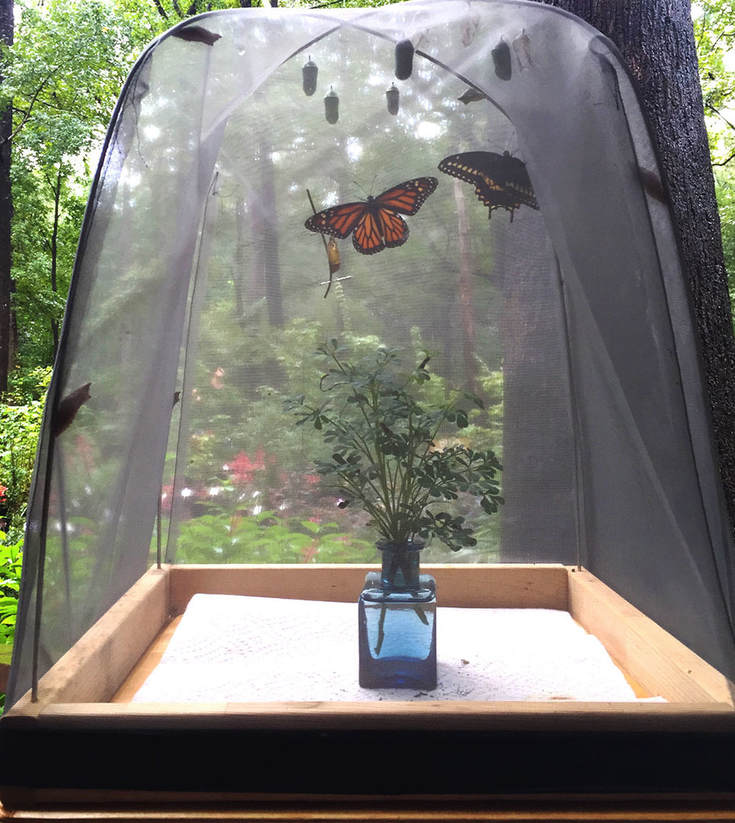
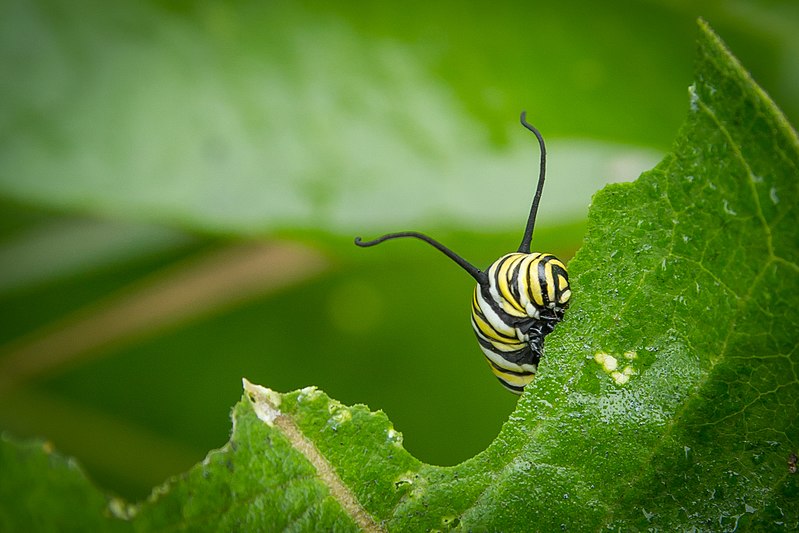
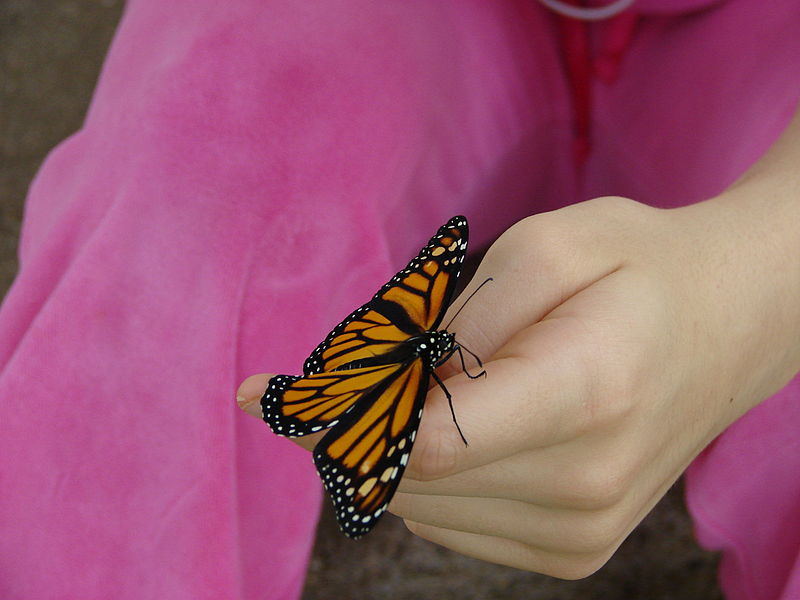

 RSS Feed
RSS Feed